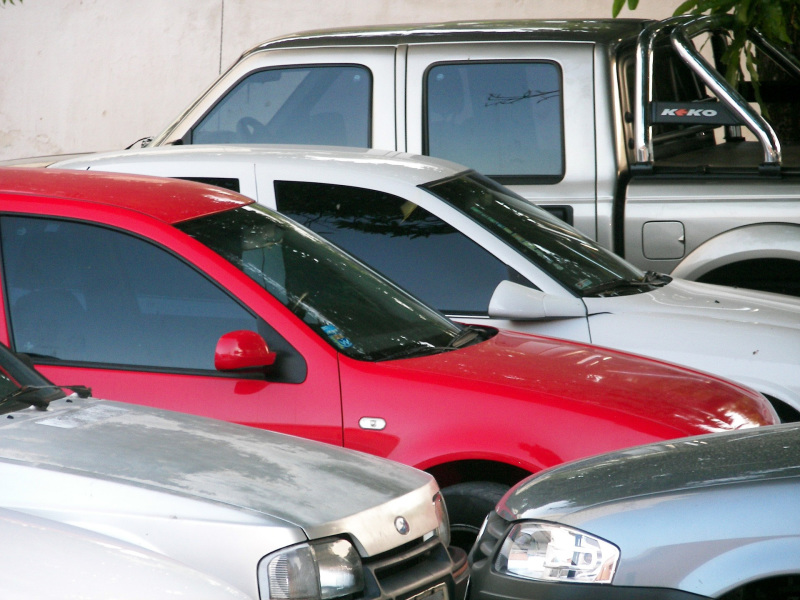Understanding the Second-Hand Car Market in the EU
15081
From 2015 to 2016
TML and CE DELFT collected data on vehicle ownership and the second-hand market for cars and LCVs to analyse the impact of CO2 regulation on cost-effectiveness and social justice. The study included an analysis of ownership data and the relationship between fuel consumption, CO2 emissions, and vehicle value in the second-hand market.
The aim of this study was to expand knowledge on the second-hand market for cars and light commercial vehicles (LCVs) and its impact on the cost-effectiveness and social equity of CO2 regulation for Light Duty Vehicles (LDVs). CO2 regulation of cars and LCVs in the EU has always focused on new cars, but passenger cars have on average three or four owners during their life cycle. Often, the first owner keeps the vehicle for about three years - often through a lease contract. The used car market is generally larger than the new car market, although this varies greatly between member states.
TML, with the help of CE DELFT, collected relevant data on vehicle ownership and used its own databases in this analysis.
Our study shows that the fuel consumption of cars has a significant impact on their price on the second-hand market. CO₂ emissions have a negative effect on the value of a passenger car on the used market of about €22 per gram of CO2 emitted per kilometre. This means that for a car emitting 120 g/km of CO₂ emissions instead of 140 g/km, the value on the second-hand market is on average €440 higher.
We further conclude that fuel-efficient passenger cars are beneficial for all income groups. In fact, the assumption of the initial additional price of a fuel-efficient car determines how the benefits are distributed across income groups. It is the lower income groups that, proportionally to disposable income, benefit the most from a fuel-efficient car.
Chart: Car ownership differs across income groups and low-income car-owning people are more likely to own older and used cars.



